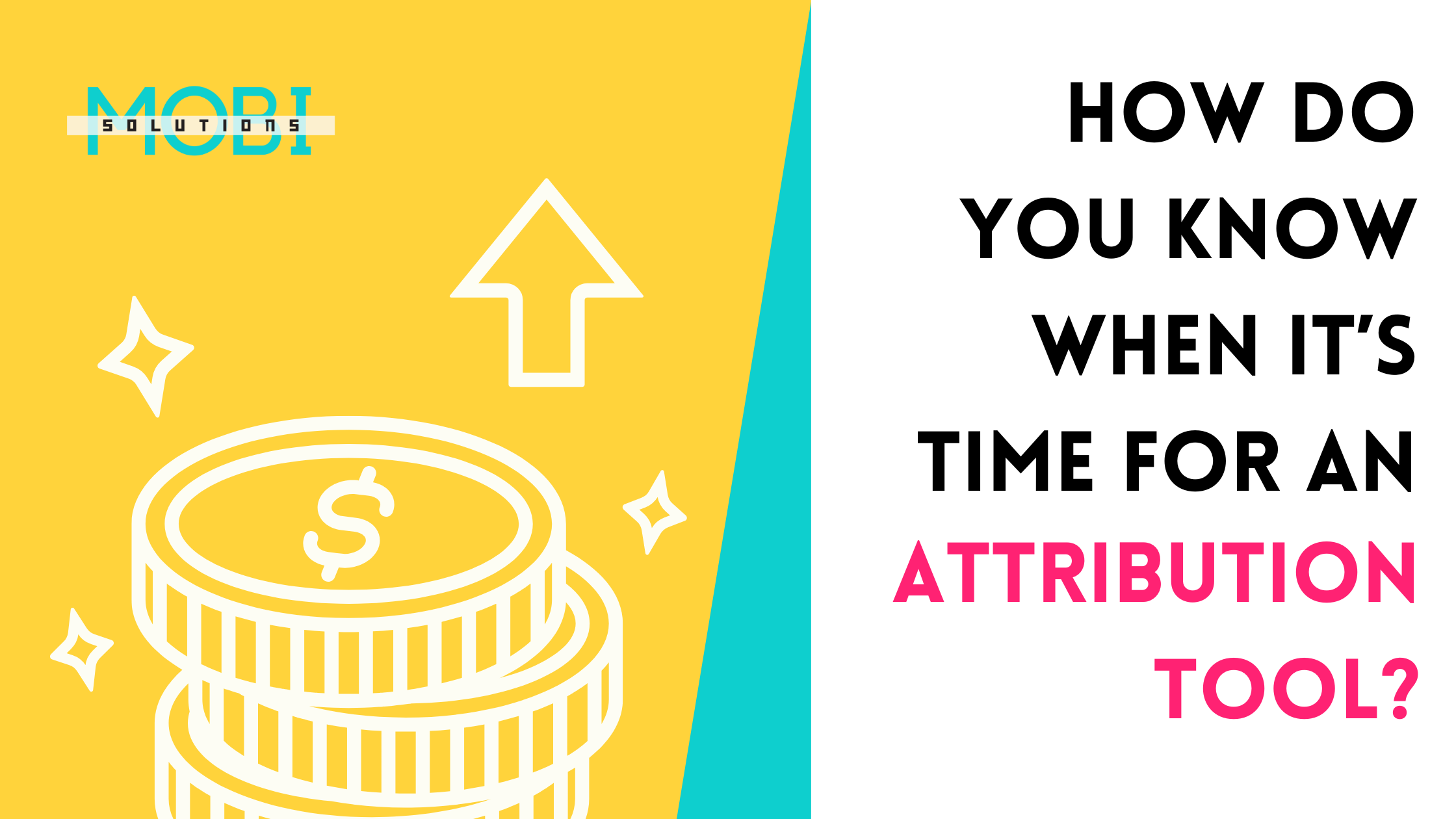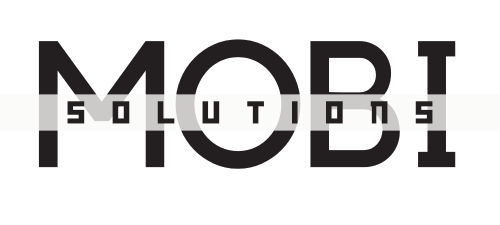
Let’s be honest. $40k is a lot to spend on anything, especially a tool that, on it’s own, doesn’t directly drive pipeline or revenue (vs something like Drift or Outreach). So how do you know when it’s actually worth it?
First, a quick reality check: attribution tools don’t fix broken systems. If your CRM is messy, your sales process isn’t defined, or UTMs are more of a wish list than a reality, a new platform won’t solve that. It’ll just make the problems more visible.
That said, there are situations where the investment makes a real difference.
1. You’re making high-stakes budget decisions with low-confidence data
This is the most common and compelling reason to invest. If your team is deciding where to spend hundreds of thousands of dollars but no one fully trusts the data, you’re risking serious revenue.
Say you have a $1M marketing budget. If 10% is allocated to a low-yielding tactic, that’s not just $100K down the drain – but an additional $500k in missed pipeline. A solid attribution tool can give you the clarity to reallocate budget, double down on the right programs, and drop what’s not converting. (And the beauty of this: these tools also account for brand campaigns, which are often dismissed as non-revenue-generating, even though when you stop them, the pipeline slows. But I digress.)
It’s not just about budget efficiency. With the right insights, you might be able to accelerate a few enterprise deals or adjust your mix to reduce CAC. If you’re operating at that level, then yes, a $40K tool is absolutely worth it.
But if you’re not making those kinds of calls, or if your team just needs a starting point to understand what’s working, you don’t need to jump straight to enterprise attribution. You can get a lot of mileage from a lightweight approach, and won’t waste $40k in budget that might actually produce revenue if put into higher-yielding channels. See: Scrappy Attribution.
2. Your sales cycle is complex
If you’re running ABM programs, have multi-touch journeys, or your deals take six months or more to close, native reporting tools just don’t cut it. Attribution software can help you understand which activities actually influence revenue, even when the path is messy.
Case in point: the reps put the right person on the opportunity, pulling in the source from that contact, even though a different contact filled the demo form. Suddenly, your opp is “Sales Sourced” 😭
Attribution tools make this struggle obsolete, without disrupting sales processes.
3. Leadership is asking hard questions
If your CFO or CEO is asking where the money is going, what marketing is contributing, or what you’d cut if the budget dropped tomorrow, you need answers you can stand behind. Attribution tools help you speak their language and make your case with data.
They’re even more beautiful when you know them well enough to answer those questions in real-time.
4. You have the foundations in place
Attribution only works when your systems are clean and connected. Before investing, ask yourself:
-
Are campaigns consistently named and tracked? Especially for offline channels?
-
Do we have reliable sales process data?
-
Are key systems like your MAP, CRM, and website integrated?
If the answer is no, work on fixing those first. Otherwise, you’ll spend $40K and still question the reports, and everyone goes home frustrated.
Bottom line
If better data means making smarter decisions that bring in $100K or more, a $40K attribution tool is a smart investment.
If not, don’t force it. Start with what you have, fix the gaps, and try a Scrappy Attribution Model to get directional insights first. You might be surprised how far that can take you.


